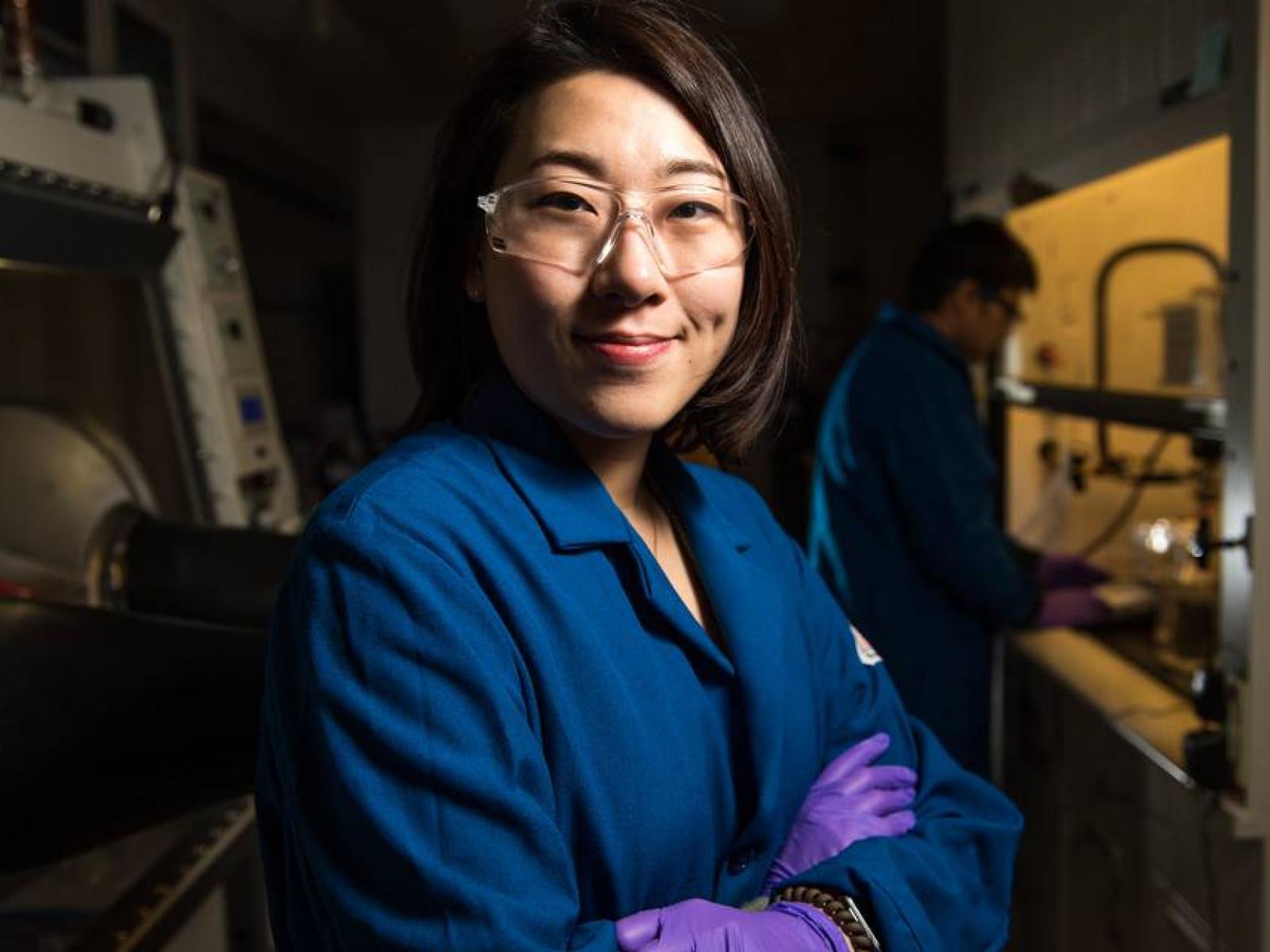Tri-Cities Scientists are Taking a Quantum Leap in Supercomputing for Clean Energy and More
This new approach to computing is part of a growing revolution in quantum information science

PNNL’s Katherine Koh, who explores and develops the chemistry for hydrogen fuel cell technologies, may one day benefit from the power of quantum computing and its ability to solve complex problems so quickly that it would make even today’s fastest supercomputers seem impossibly slow.
Andrea Starr
Published: April 29, 2019